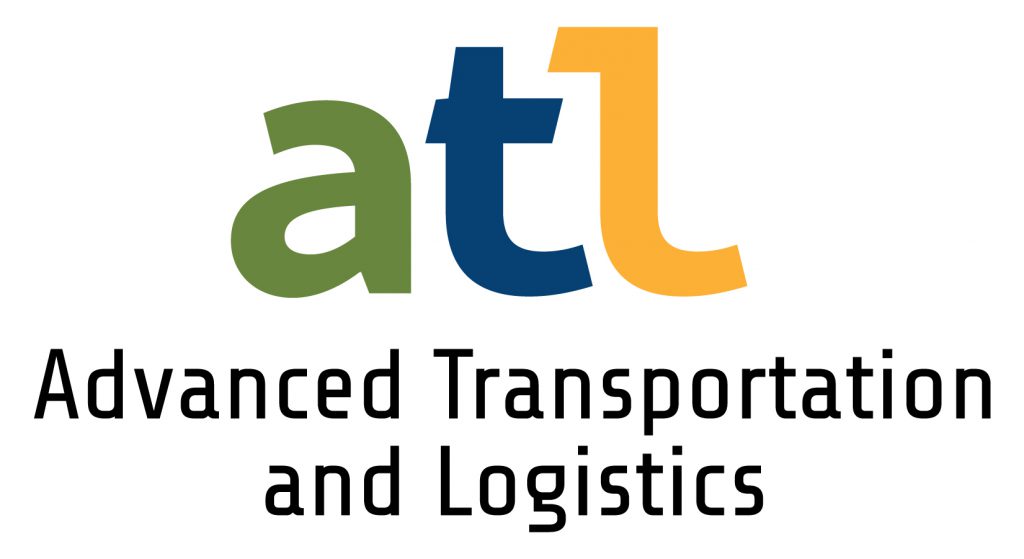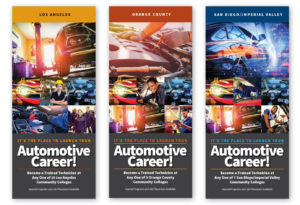 The automotive faculty of the Inland Empire/Desert region has been working together to increase their knowledge and skills with electric (EV) and hybrid-electric vehicles.
The automotive faculty of the Inland Empire/Desert region has been working together to increase their knowledge and skills with electric (EV) and hybrid-electric vehicles.
On November 30th and December 1st, 15 faculty members representing most of the automotive programs in the region met at Victor Valley College to receive professional development training from West Virginia University’s National Alternative Fuels Training Consortium. They also got to meet Jannet Malig, the new Sector Navigator for Advanced Transportation & Logistics, and hear her vision for the coming year.
The training was the fourth two-day workshop focusing on EV and hybrid systems conducted to increase faculty member ability to train their students on the same. Three of the most recent training sessions were funded as part of a regional Strong Workforce project titled, “Updating Automotive Labs for EV and Hybrid Instruction.” The earliest was funded with Deputy Sector Navigator grant funding, thanks to Larry McLaughlin, the region’s DSN for Advanced Transportation & Logistics.
“I have to hand it to our faculty,” said McLaughlin. “This project began with the region’s automotive faculty pulling together to develop a common curriculum for introductory training. With faculty Senate’s C-ID process going on at the time for EV and hybrid systems, two of our faculty served on the committee. It was a mutually beneficial process – we borrowed from the committee and they borrowed from us.”
McLaughlin went on to report that faculty then needed the equipment necessary to teach EV/hybrid systems, including vehicles, so they put together a proposal for Strong Workforce Round 1 funding. The proposal was approved, allowing each automotive program to purchase two late-model electric and hybrid vehicles, plus safety gear, diagnostic software, and manufacturer information. The funding was then continued under Strong Workforce Round 2.
“In addition to the goal of incorporating electric vehicle training into our region’s automotive programs, we needed to upgrade the image of automotive careers with students and their parents,” McLaughlin explained. “This program has run concurrent with an outreach campaign to show that automotive technology is becoming increasingly high tech.”
This outreach included a new college-specific program brochure featuring a high tech hybrid sports car on the cover, with regional job projections, salaries, and each program’s certificate and degree offerings inside. The outreach also included mini-car shows and featured speakers at high school campuses. These events attracted attention among the general student body and allowed featured speakers to talk directly to students enrolled in high school programs about automotive career opportunities and the educational pathway to obtain them.
“This has been a great example of how resources can be braided to maximize program quality and outreach,” said McLaughlin.
The Updating Automotive Labs for EV and Hybrid Instruction project has allowed automotive programs in the Inland Empire/Desert Region to equip themselves for instruction on these vastly different systems. The faculty have achieved a higher level of proficiency so that they can teach their students with confidence.
The programs are at different stages in the process of approval and implementation of the shared introductory course, and some have gone further with multiple courses and certificates. This has been a highly successful regional project in the Inland Empire/Desert Region. It has been the result of motivated and committed faculty supported with the newly available resources of Strong Workforce. In turn, achieving Strong Workforce metrics of increased enrollment and completions is expected.


